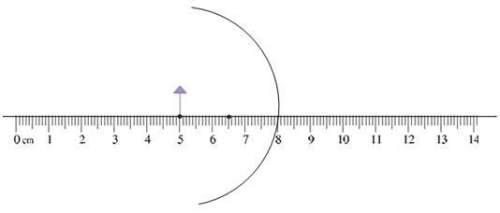
Physics, 12.03.2021 15:10 jmackenzie7
A parallel plate capacitor is charged by connecting it to a battery. After the steady state is reached, the electric energy stored in the capacitor is UE. Which of the following makes a correct claim about the amount of work needed to charge the capacitor and gives evidence to support this claim?
A) No work is needed to charge the capacitor, because the charges will naturally move to their equilibrium position.
B) The amount of work needed to charge the capacitor is UE, because in all physical situations, the work done is equal to the final potential energy of the system.
C) The amount of work needed to charge the capacitor is UE, because when integrating the equation W = integral qdV with the correct limits yield the equation for the energy stored on a capacitor, UE = 1/2qV.
D) The amount of work needed to charge the capacitor is 2UE, because it takes UE of work to remove the charges from the battery and UE to place the charges on the capacitor (E).
E) The amount of work needed to charge the capacitor is 2UE, because for a capacitor UE = 1/2qV while for the battery W = qV.

Answers: 3


Another question on Physics

Physics, 22.06.2019 04:00
Determine the maximum r-value of the polar equation r =3+3 cos 0
Answers: 1

Physics, 22.06.2019 04:30
Asystem containing an ideal gas at a constant pressure of 1.22×10^5 pa gains 2140 j of heat. during the process, the internal energy of the system increases by 2320 j. what is the change in volume of the gas?
Answers: 3

Physics, 22.06.2019 05:00
Wavelength,frequency,and energy are related.what happens to a wave as it’s wavelength gets shorter?
Answers: 2

Physics, 22.06.2019 19:30
Which describes increasing the efficiency of energy resource
Answers: 2
You know the right answer?
A parallel plate capacitor is charged by connecting it to a battery. After the steady state is reach...
Questions


Biology, 28.12.2019 10:31



History, 28.12.2019 10:31


Mathematics, 28.12.2019 10:31

Mathematics, 28.12.2019 10:31




Chemistry, 28.12.2019 10:31




Mathematics, 28.12.2019 10:31







